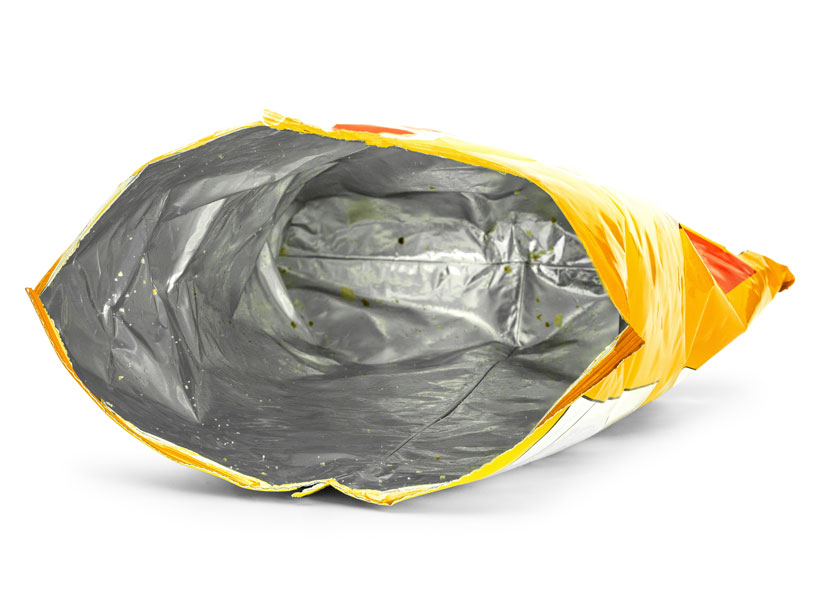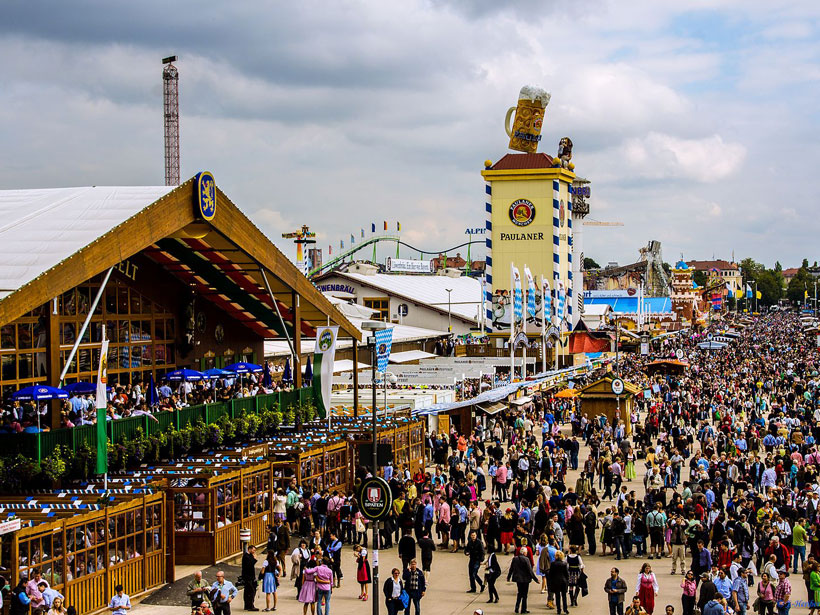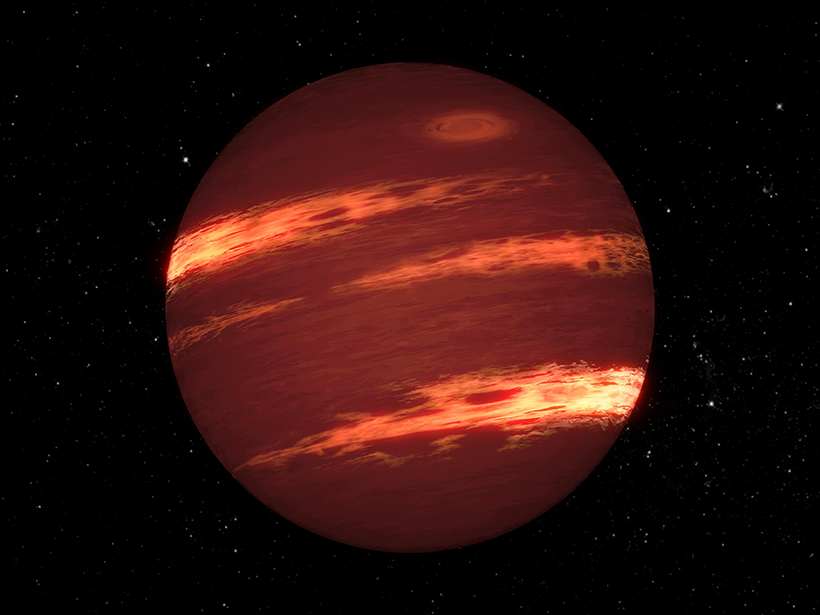Using topographic data, researchers have estimated the ages of water ice–containing craters near the Moon’s poles and ruled out volcanism as being a primary route for water delivery.
Katherine Kornei
Katherine Kornei is a freelance science journalist covering Earth and space science. Her bylines frequently appear in Eos, Science, and The New York Times. Katherine holds a Ph.D. in astronomy from the University of California, Los Angeles.
Geology and Chemistry Drive Animal Migration in the Serengeti
Fieldwork in Tanzania suggests that soil chemistry—influenced by local volcanism and tectonic activity—might help dictate the record-setting migration of over a million wildebeests.
As the Planet Warms, Intense Storms Become More Common
Thirty-nine years of satellite data reveal that the prevalence of intense hurricanes, cyclones, and typhoons—category 3 and above on the Saffir-Simpson scale—is increasing.
A Plate Boundary Emerges Between India and Australia
Bathymetric and seismic data point to a new plate boundary in a fracture-riddled zone beneath the northern Indian Ocean.
The Closest Black Hole Is 1,000 Light-Years Away
An unseen object—probably a black hole—orbits with two normal stars in our cosmic neighborhood.
Pollution Spikes in Chile Tied to Soccer Fans’ Barbecuing
In Santiago, mysterious pollution spikes—tenfold above normal levels—occur during televised soccer matches and are caused by tens of thousands of barbecues, new results reveal.
Tear, Don’t Cut, to Reduce Microplastics
Laboratory experiments reveal the numbers and types of microplastics produced by tearing, scissoring, and cutting everyday items.
Oktoberfest’s Methane Rise Is the Wurst
Incomplete combustion and biogenic emissions—exhalations and flatulence—make Oktoberfest a significant, albeit temporary, source of the potent greenhouse gas.
Dust from Colliding Asteroids Masqueraded as a Planet
New analysis of Hubble Space Telescope images suggests that Fomalhaut b, once believed to be an extrasolar planet, is, in fact, a cloud of dust that likely formed from the collision of enormous asteroids.
Record-Setting Winds on a Nearby Brown Dwarf
Infrared and radio observations reveal zonal winds moving faster than 2,000 kilometers per hour on a “failed star” in our celestial neighborhood.










